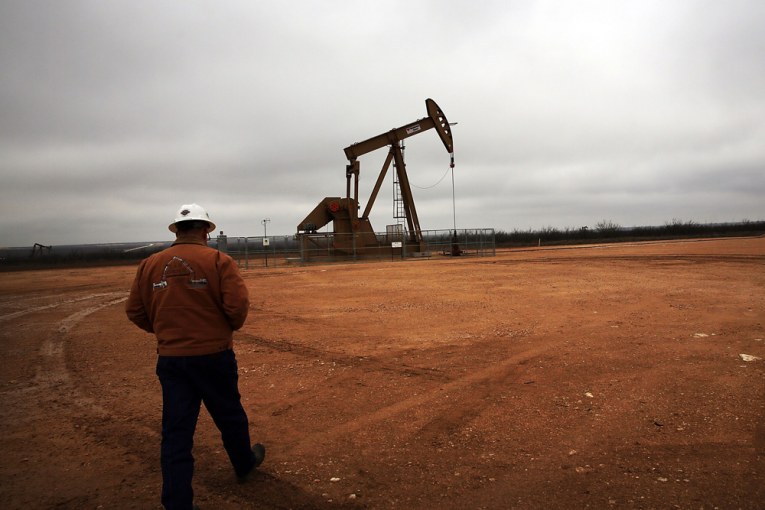
The Permian basin was still the world’s hottest oil play when Encana Corp. renamed itself as Ovintiv Inc. and moved its headquarters to the United States three months ago.
The move by the one-time Canadian stock market darling, analysts said, made sense at the time. Having American headquarters would attract a massive new shareholder base of U.S. passive and index funds, thereby boosting Ovintiv’s share price, while also relocating the executive team closer to the company’s biggest focus areas in Oklahoma and Texas.
In the three months since, the relocation looks like unfortunate timing. Production from those shale oil formations has sharply declined and Ovintiv’s production is set to precipitously drop as a result of the decision to shut in 65,000 barrels of production per day following the coronavirus-induced oil price crash.
Total oil production in the Permian basin is now set to fall, because of the cumulative actions by Ovintiv and its peers, marking a dramatic break from the past 12 years when the shale oil play led the world in oil production growth and almost single-handedly rearranged global oil markets.
But some analysts now believe the growth outlook in the Permian and other shale plays is permanently impaired, casting doubt on the growth outlook for many unconventional oil players in the basin, including Ovintiv, and forcing them to restructure their operations like the Canadian oilsands players did in the last decade.
“It’s bad luck for them,” New York-based Eight Capital analyst Phil Skolnick said of Ovintiv.
He said Canadian index funds quickly sold off their positions in Encana-turned-Ovintiv when the relocation from Calgary to Denver was announced, but “the whole market just fell apart” before the company was able to gain listings on major U.S. indexes and attract American funds as shareholders.
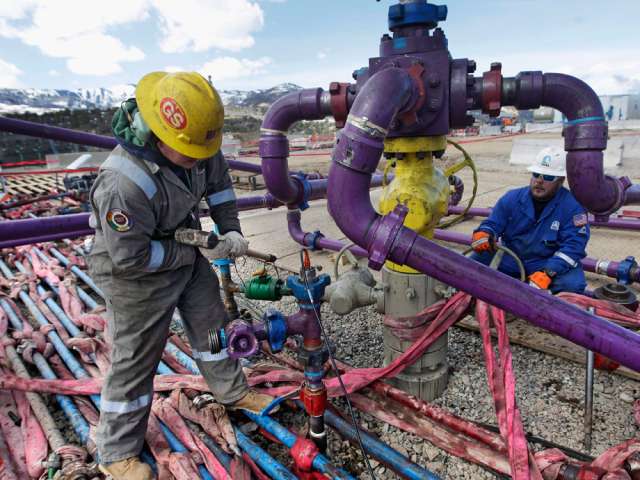
Now, index fund managers are reducing their exposure to even the larger U.S. oil producers, including Devon Energy Corp. and Apache Corp., given the dramatic decline in oil prices and oil stocks.
“Year to date, (Ovintiv) is down 75 per cent,” Skolnick said. “In the U.S., they’ve underperformed a lot of their peers.”
In an investor presentation released Friday, the company said it believes it could be added to the Russell 2000 and 3000 indexes in June and hopes to be included in the S&P 400 and 600 then, too, though no formal indications have been made by those indexes.
As for being delisted by Canadian funds before gaining listings in the U.S., Steve Campbell, Ovintiv’s senior vice-president of investor relations, said the company is looking at longer-term gains.
“It was the right decision for long-term investors,” he said of the relocation.
On Thursday night the company announced it was dramatically cutting back its capital spending and drilling program, from 23 rigs to just seven rigs drilling, and suspending its guidance for the rest of the year.
The following day on an earnings call, Ovintiv chief executive Doug Suttles said the company was “positioned to thrive during the recovery, although we are certainly prepared to make additional cuts to preserve our liquidity.”
He said the company had hedged most of its oil production at US$42 per barrel for the remainder of the year, insulating the company from the oil price crash.
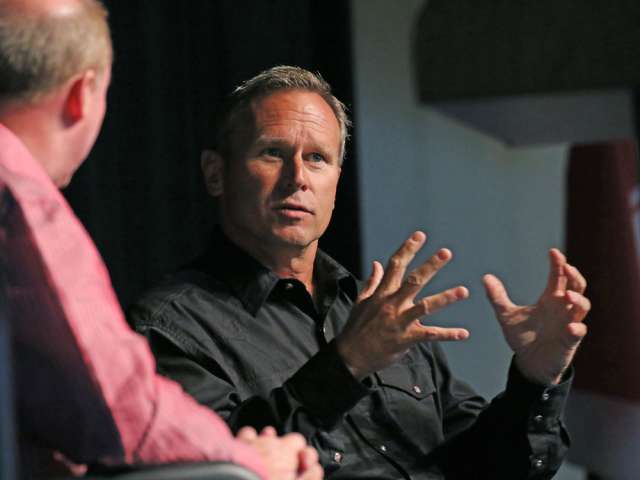
Those hedges will buoy Ovintiv through the year, but many analysts expect the company and other shale-focused exploration and production companies to struggle and scale back drilling in the Permian basin through 2021, which until recently has been the most active oil formation on the planet.
The Permian Basin, made up of a handful of counties surrounding the cities of Midland and Odessa in west Texas, was previously famous for serving as the backdrop for Friday Night Lights, the book turned movie turned television series.
But from 2008 to 2019, the basin’s fame grew further as it became the engine of U.S. oil production growth, helping to transform the U.S. into the world’s single-largest oil-producing country — larger even than Saudi Arabia — from being a net oil importer.
Production sharply grew to a whopping 13 million bpd last year from roughly five million barrels of oil per day in 2005, back when environmentalists were concerned about “peak oil.”
That growth was due to the advent of unconventional oil production in the form of horizontal drilling and multi-stage hydraulic fracturing, better known as fracking. The technologies unlocked vast quantities of previously uneconomic oil, ushering in a new era of U.S. energy production and a sharp escalation of costs in Texas.
But oil producers are being forced to pause for the first time in a dozen years and many predict U.S. oil production will sharply fall after the coronavirus pandemic gutted both global oil demand and West Texas Intermediate prices.
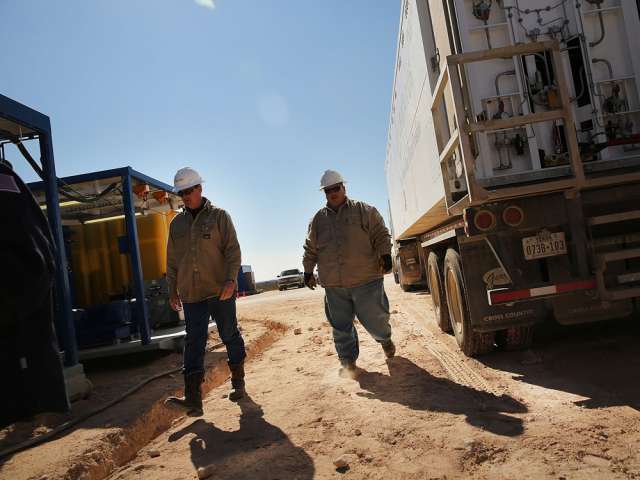
For example, Houston-based Apache Corp. on May 6 reported a US$4.5-billion first-quarter loss, or a shocking US$11.86 loss per common share, and announced it would reduce its drilling rig count in the Permian to zero for the remainder of the year.
Apache chief executive John Christmann in a release said the company conducted a “thorough economic and operational evaluation of all producing wells” at the company as it looks to shut in oil production.
And Houston-based Occidental Petroleum Corp., which grabbed a dominant position in the Permian after outbidding Chevron Corp. and spending US$38 billion on Anadarko Petroleum Corp. last August, has now warned it may not pay off its debts in 2021 and 2022 without asset sales.
“We continue to look across the portfolio, but we recognize we may not be able to satisfy all those 2021 and ’22 debt maturities without a significant market recovery,” Oxy chief financial officer Robert Peterson said on an earnings call this week, adding that the company was looking at extending its debt maturities.
Pressed on the call about whether Oxy would be able to refinance its debts, he answered, “Absolutely.”
But some in the industry believe leveraged shale producers are being frozen out of the debt and equity markets because the returns on capital in the past five years have left major institutional investors cold.
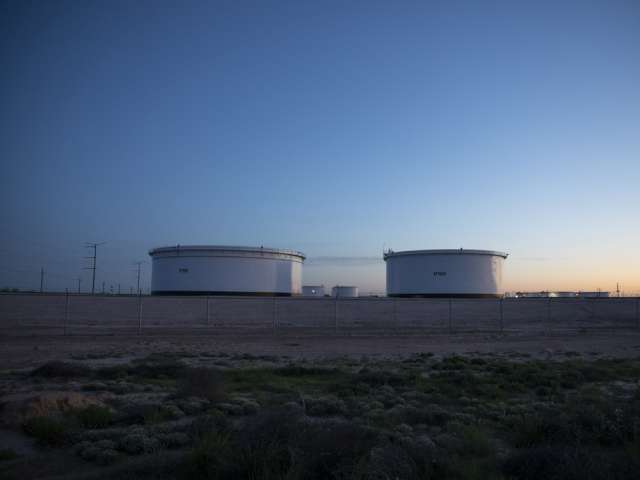
“The industry was just burning through capital,” said Adam Waterous, founder and chief executive of Calgary-based Waterous Energy Fund, noting the return on capital deployed in the U.S. shale business and the Permian basin has averaged between two and three per cent in the past five years.
By contrast, he said, investors enjoyed returns of between eight and 10 per cent in the first five years of the U.S. shale revolution between 2008 and 2014.
Despite the recent lower returns, Waterous said U.S. oil production growth accelerated, rising to almost 13 million barrels of oil per day from eight million bpd.
“It was a big bonfire of investor capital,” he said, adding that shale companies were starting to be frozen out of the market by late 2019.
Waterous said he called “peak Permian” earlier this year and is expecting total oil production in the U.S. to fall “several million barrels per day” this year.
The coronavirus pandemic, which has forced commuters to stay home and dramatically reduced global oil demand, has only accelerated that trend.
“Essentially, it’s turned the slope of the decline from a green run into a double black diamond,” he said.
U.S. Energy Information Administration data show U.S. oil production has already fallen by close to one million barrels per day, roughly the daily output of Oman or the United Kingdom, in a month and a half.
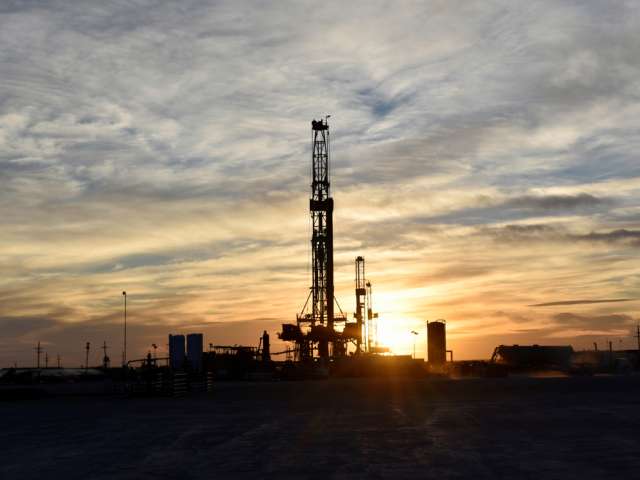
For the week ending March 13, 2020, EIA data show U.S. oil production surged to a new record of a bit more than 13 million bpd. By the end of the day on May 1, production had declined to 12.1 million bpd.
“When you look at it, going forward, the U.S. shale model is going to dramatically change. That’s been validated in the conference calls,” said Eric Nuttall, a Toronto-based senior portfolio manager and partner at Ninepoint Partners.
Shale producers will need to adjust their business models to focus less on growth and more on generating cash, Nuttall said, which is not unlike the forced transformation that the Canadian oilsands industry underwent after the oil price crash of 2014.
“It’s like the U.S. shale companies are now adopting the business models that Canadian companies pursued a few years ago,” he said.
Unconventional shale oil production in Canada is also expected to decline this year as a result of the collapse in crude prices, but shale oil makes up a smaller volume of the country’s total production.
It’s like the U.S. shale companies are now adopting the business models that Canadian companies pursued a few years ago
Eric Nuttall
Early in 2019, Nuttall said he was heavily invested in U.S. energy, but made the decision to sell and move his investments back to Canada, where he believed the industry was undervalued.
He said he was concerned that U.S. companies were beginning to drill “tier 2” oil well locations, meaning the productivity of those wells was inferior even though drilling costs remained constant.
“As the companies were using up every trick in their toolbox, you were starting to see efficiencies plateau and actually start to decline,” he said.
This week, cumulative announced oil production shut-ins in the U.S. reached 650,000 bpd, according to data compiled by Oslo-based market research firm Rystad Energy.
Between now and October, Rystad forecasts total oil production in the U.S. to fall to 10.5 million bpd from 13 million bpd in March, which would be the equivalent of subtracting all production from Mexico or Venezuela, which are the world’s 11th- and 12th-largest oil-producing countries.
A more optimistic outlook from Wood Mackenzie has total onshore oil production in the U.S. falling 400,000 bpd this year and then resuming its growth trajectory in 2021, led by production in the Permian, where the consultant said break-even costs to drill wells are US$40 per barrel West Texas Intermediate, compared with US$45 per barrel in the Bakken formation in North Dakota and US$55 per barrel in the oilsands (not including the costs of land acquisition or general and administrative expenses).
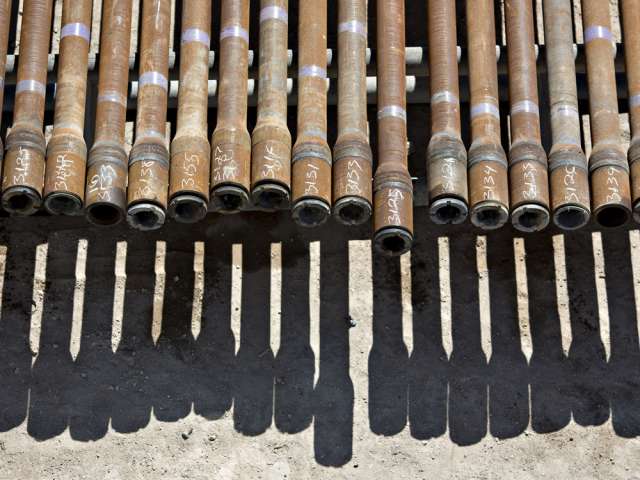
“We saw about 10-per-cent cost deflation last year,” Wood Mackenzie analyst Nathan Nemeth said of the Permian basin, where oil companies have pushed drilling and fracking service providers for cost cuts.
Most analysts believe the outlook will be particularly challenging for companies that have overspent their cash flows in recent years.
For highly leveraged shale oil companies, shutting in production can set in motion a “downward spiral,” said St. Louis-based Edward Jones analyst Jennifer Rowland.
Multiple companies have cut their capital spending plans for the year to match their cash flows, but now they’re shutting in wells and further impairing their cash flows.
“Not only are you getting completely crushed from a pricing standpoint, but volumes are going to come down and I think that piece of it, the market is underestimating,” she said.
The resulting combination of lower oil prices and lower production could have a “devastating” effect on companies’ cash-flow profiles.
“It becomes, really, quite a downward spiral,” she said. “You cut your volume, then what? Are you going to cut your capital spend further?”
Production cuts in the first and early second quarters were already deep and painful, as this week’s brutal earnings calls by Ovintiv and others show. The second quarter results, Rowland said, will reveal how “ugly” the situation can become.
Financial Post
• Email: [email protected] | Twitter: geoffreymorgan
You can read more of the news on source
